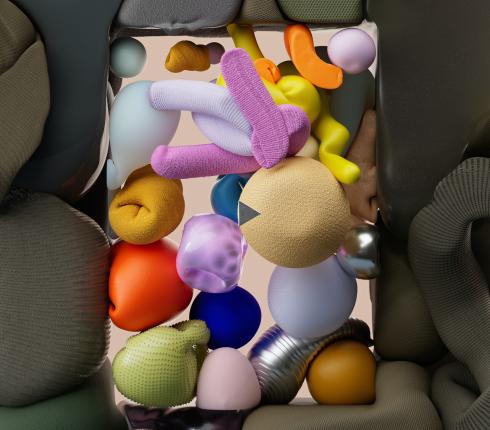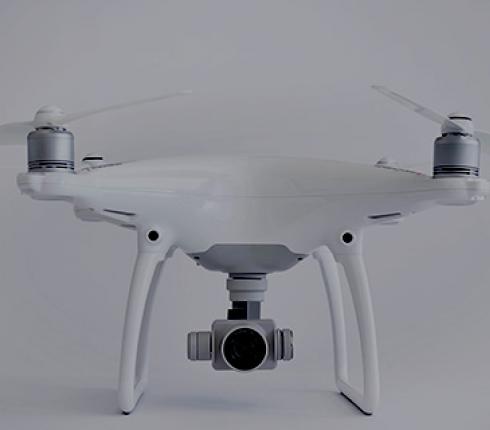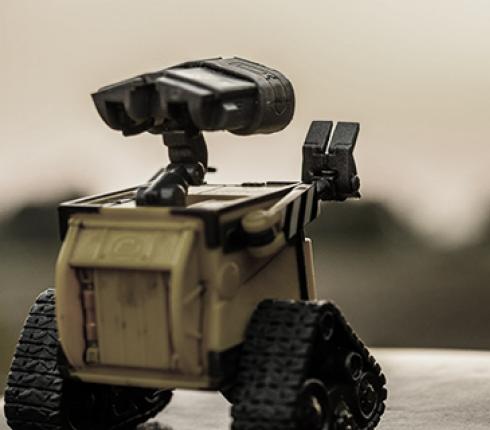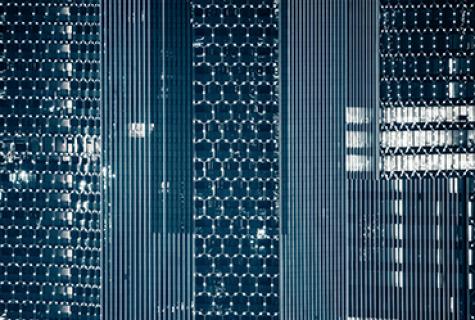NJORD Estonia: Ownership of rights in Artificial Intelligence (AI)
In recent years we have seen the creation of “art” by artificial intelligence. This means that the creative process is totally and independently done by software. We can ask ourselves whether this really is art, can art only be produced by humans? Also, if the activity of creation is protected by copyright, then who owns it?
Can creative work be generated by AI?
There have been creative works developed by AI in the most different areas of artistic expression. AIVA, an Artificial Intelligence Virtual Artist, has composed pieces of classical music that can be found here. Based on classical sheet music that is provided to this software, AIVA can write its own original sheet music that are thereafter recorded by musicians. This way the creation of the music is exclusively AI based but the sound is human-made.
In Japan, a literature competition for novels allowed to submit work totally or partially written by AI. The judges were not informed about the nature of the “authors” of the novels; whether it was a human or a software. A novel curiously named “The Day A Computer Writes A Novel” did end up passing the first stage of the competition. Even though it did not win the final award, the jury was surprised to learn that this novel was not written by a human.
Artificial Intelligence is also creating paintings with very different and interesting results. In one case, a partnership that includes, among others, ING and Microsoft, is using AI to create the next Rembrandt painting. The final painting will be the result of gathering all Rembrandt paintings to work as inspiration to the AI in terms of painting style but also to determine the topic/subject for the painting. After that, a machine learning algorithm will create the painting.
Another example is the Deep Dream AI generator that creates abstract paintings based on existing paintings or pictures, which is more related with reinterpretation or adaptation of an existing original work.
Who owns the copyrights of AI created art?
According to the Berne Convention, that regulates copyright protection, the final result of an AI software could be considered a “literary and artistic work” under its article 2, since the Convention lacks a definition for such a concept and only lists works that are considered as “art”.
Nevertheless, this is not enough to confer full copyright protection. Protection applies namely to the author of the literary and artistic work. This means that an author has to be a person because in the Berne Convention there are references to the nationality and the life span of the author.
One option would be to attribute the ownership of copyright to the programmer of the software. This however is difficult because of the deep learning algorithm that allows the machine to elaborate on previous knowledge and come to its own conclusions.
Analysing these considerations, we can say that we face a situation where literary and artistic work can nowadays be created without an author.
The near future does not seem too promising for Artificial Intelligence pretentions of claiming authorship to art either. A draft report from the European Parliament with recommendations to the Commission on Civil Law Rules on Robotics included a recommendation to the Commission to “come forward with a balanced approach to intellectual property rights when applied to hardware and software standards, and codes that protect innovation and at the same time foster innovation (and also) criteria for an ‘own intellectual creation’ for copyrightable works produced by computers or robots.”
However, the final resolution of 16 February 2017 on Civil Law Rules on Robotics did not include any such recommendation.
Let’s see what the future brings.







